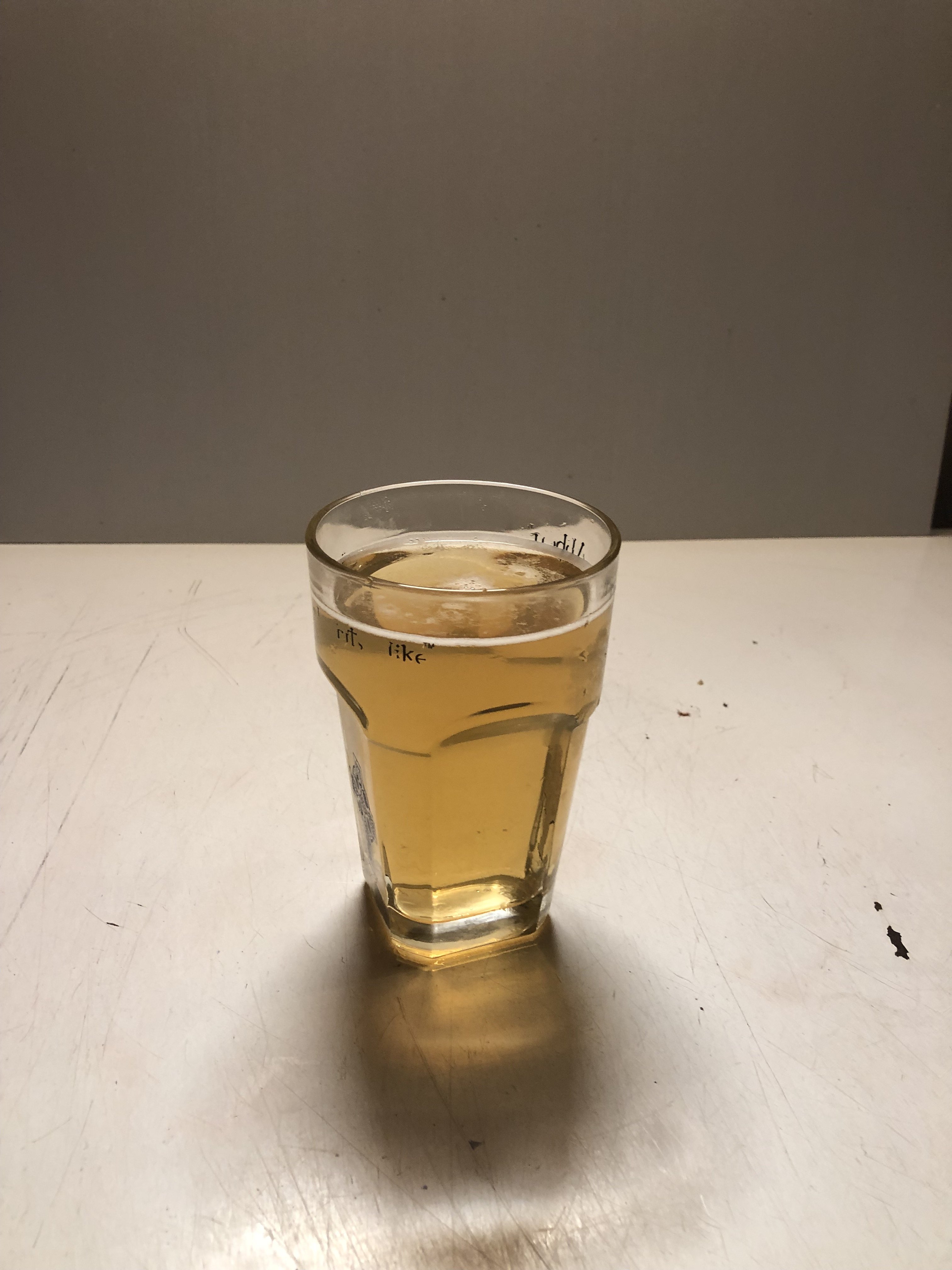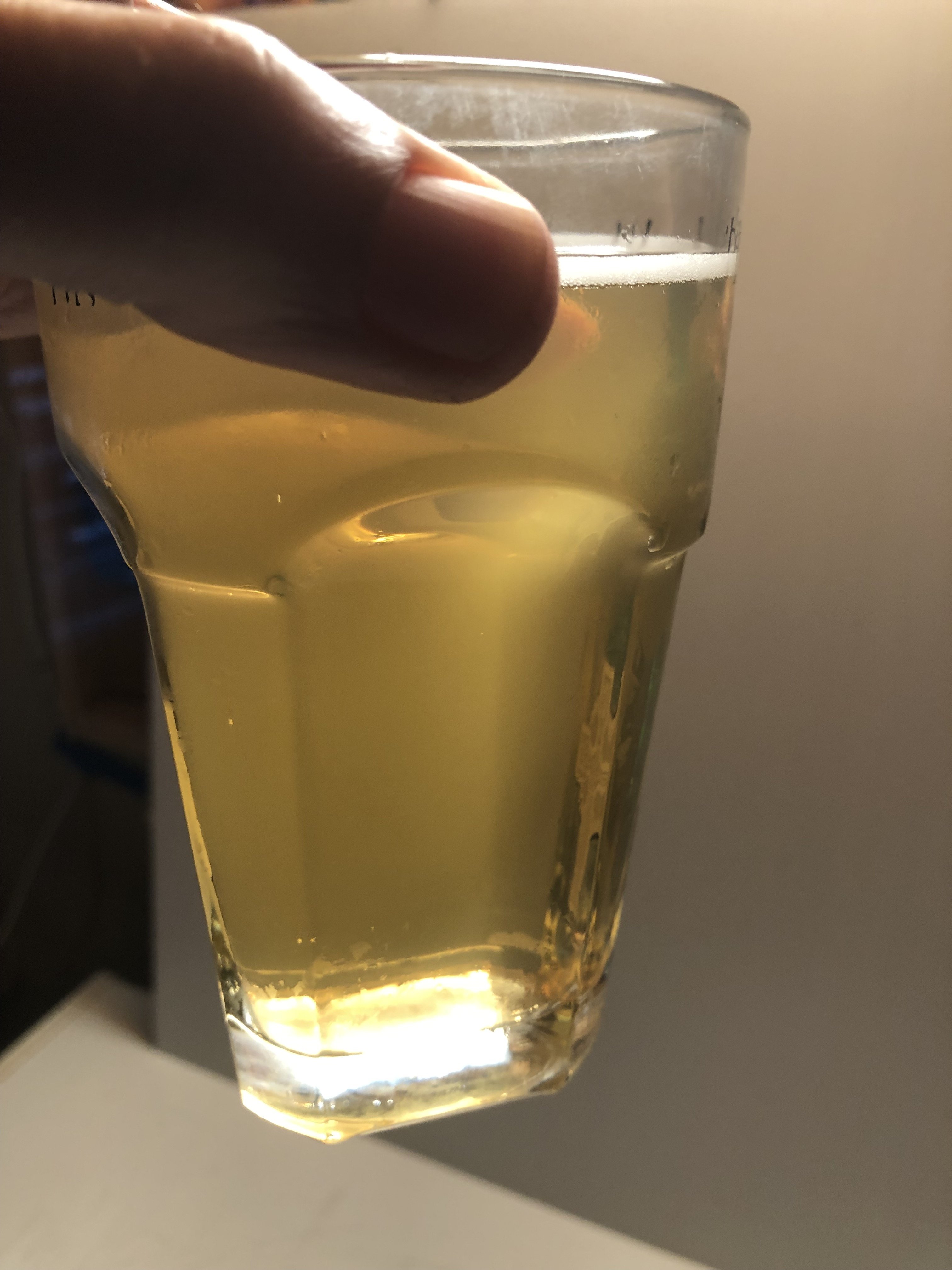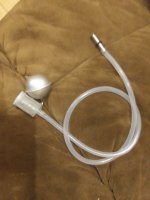I posted awhile back about an experiment I did with a german pilsner left on yeast. It has been 200day so something like 6.5months and it is still tasting good. I dont detect any off flavors or aromas. It has a slight haze but that is fairly common with many of beers so I dont think it has anything to do with the beer sitting on the yeast.
The other half which I did to my normal process was kicked a couple months back. I did a few side by side tasting while I had it on tap but could not detect anything comparing the two. Initially I thought I oxidized the normal process half but I might have just sample before it was done maturing as it tasted fine when I had it on tap.
This is longer than I normally let beer lager so I feel good about leaving the beer on the yeast without issue and will do it again in the future. I will finish this keg when I kick my current lager.
The other half which I did to my normal process was kicked a couple months back. I did a few side by side tasting while I had it on tap but could not detect anything comparing the two. Initially I thought I oxidized the normal process half but I might have just sample before it was done maturing as it tasted fine when I had it on tap.
This is longer than I normally let beer lager so I feel good about leaving the beer on the yeast without issue and will do it again in the future. I will finish this keg when I kick my current lager.











![Craft A Brew - Safale S-04 Dry Yeast - Fermentis - English Ale Dry Yeast - For English and American Ales and Hard Apple Ciders - Ingredients for Home Brewing - Beer Making Supplies - [1 Pack]](https://m.media-amazon.com/images/I/41fVGNh6JfL._SL500_.jpg)




















































